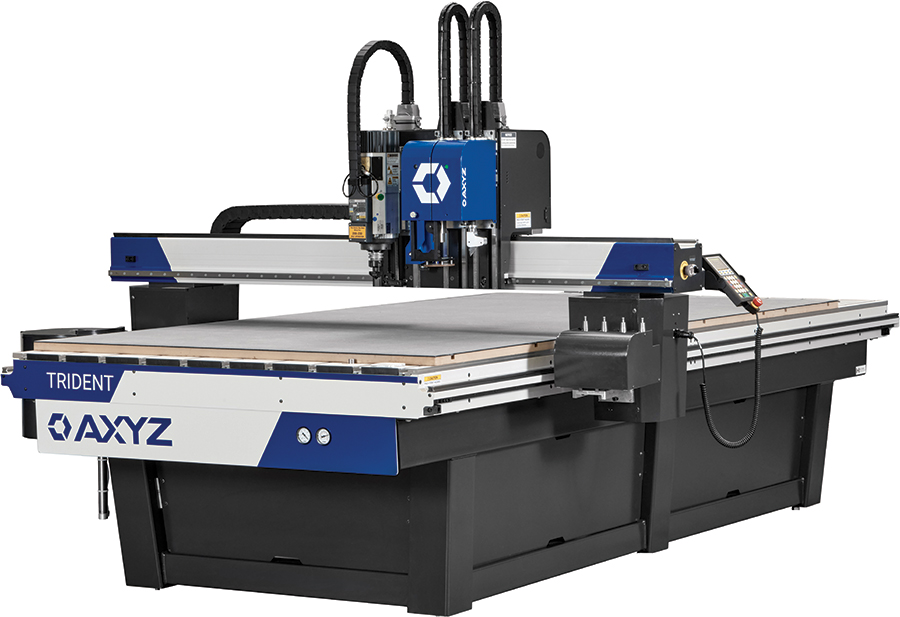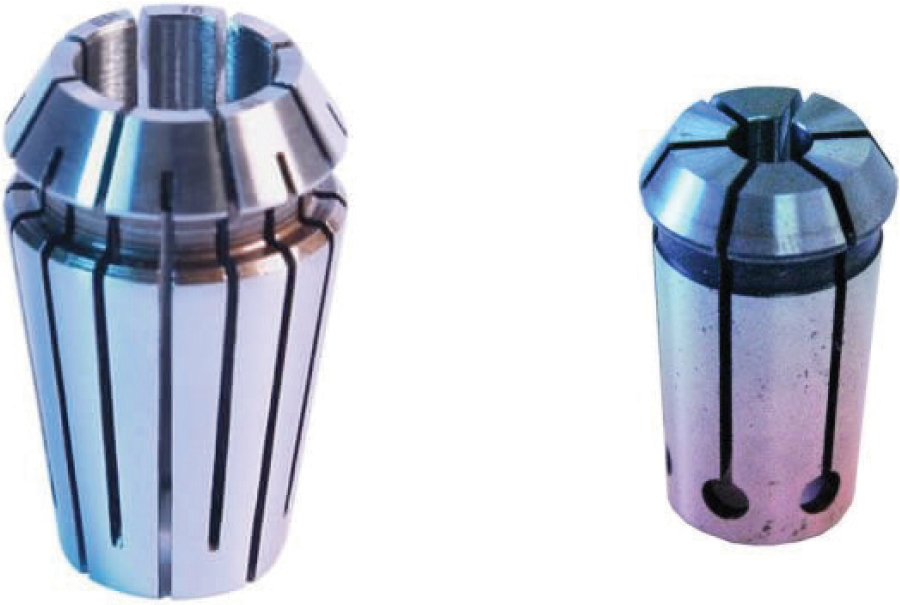here’s more than meets the eye when it comes to cutting acrylic. If you are not satisfied with the quality of the cut you are getting, read on for suggestions for how to improve it.
There are some nuances to consider. For example, did you know that cast and extruded acrylic cut quite differently? Or that tool selection and machine acceleration play a fundamental role in the quality of your finished product?
The keys to your success will be to set up your machine properly, choose the right material, select the correct tool and use the correct cutting strategy. This article will show you how.
- A strong, rigid base is essential. Purchasing a heavy-duty router allows you to couple a strong base with a stiff, solid gantry. This structure supports demanding processes, offering a robust and reliable unit while helping to minimize vibration and movement.
- A smooth control and drive system have arguably the most important role in producing a quality outcome.
- Helical rack systems and servo drive motors help to deliver smooth movement, keeping vibration to a minimum. The machine can cut at a higher speed, producing higher volumes without losing quality.
- Finally, a competent vacuum hold-down system is highly recommended. The vacuum hold down ensures material stays in the correct place throughout the cutting process. Even the slightest material movement can put the software program, spindle and material out of sync, invariably ruining the piece completely.


Make sure you select the correct type of collet to fit your spindle, as different spindles take different collets.
The most important factor is to ensure you match the collet shank with the tool shank diameter. Be aware that manufacturers often quote sizes in metric and imperial. Make sure you read the data correctly to avoid mistakes.
When operating with performance plastics, a high-quality router bit is essential. An upward spiral, single flute geometry usually gives best results on acrylic. The upward geometry provides a smooth and consistent finish and ensures optimal chip extraction. For best cut quality, always choose a tool with the shortest flute length that will cut through your material. This helps to reduce cutter deflection and chatter.
The dynamics of this process are simple enough: the roughing cut does most of the work, reducing the load on the finishing cut. The roughing pass churns out most of the material, whereas the newer finishing cutter removes the remaining material and leaves a smooth, polished edge. Many application engineers adopt this strategy when cut finish holds the highest priority.
When creating the program for the rough cut, leave about 0.02″ (0.5 mm) on the Z axis so that you don’t cut fully through the material and the part is held in place. Also, offset the tool with an additional allowance of approximately 0.008″ (0.2 mm) around the profile. By doing this you leave only a small amount of material to remove for the finishing tool. This reduces cutter loading and chip volume and minimizes the chances of vibration spoiling the edge finish. Set your cut speed to approximately 60 ipm (1.5 m/min) and cut in a “climb” or clockwise direction.
Conclude the process by running the finishing pass, this time cutting all the way through. Remove the profile allowance and reduce the cut speed to about 40 ipm (1 m/min) in the same direction. The finishing pass should produce little if any noise, with higher noise resulting in a rougher cut. If the noise increases at any point of the finishing pass, stop the machine, check your work and reassess the situation. You may have to reduce the feed speed or acceleration rate or fit a new tool.
If your quality starts to diminish you should consider replacing your finishing tool. This will need to be changed on a regular basis to maintain highest quality.